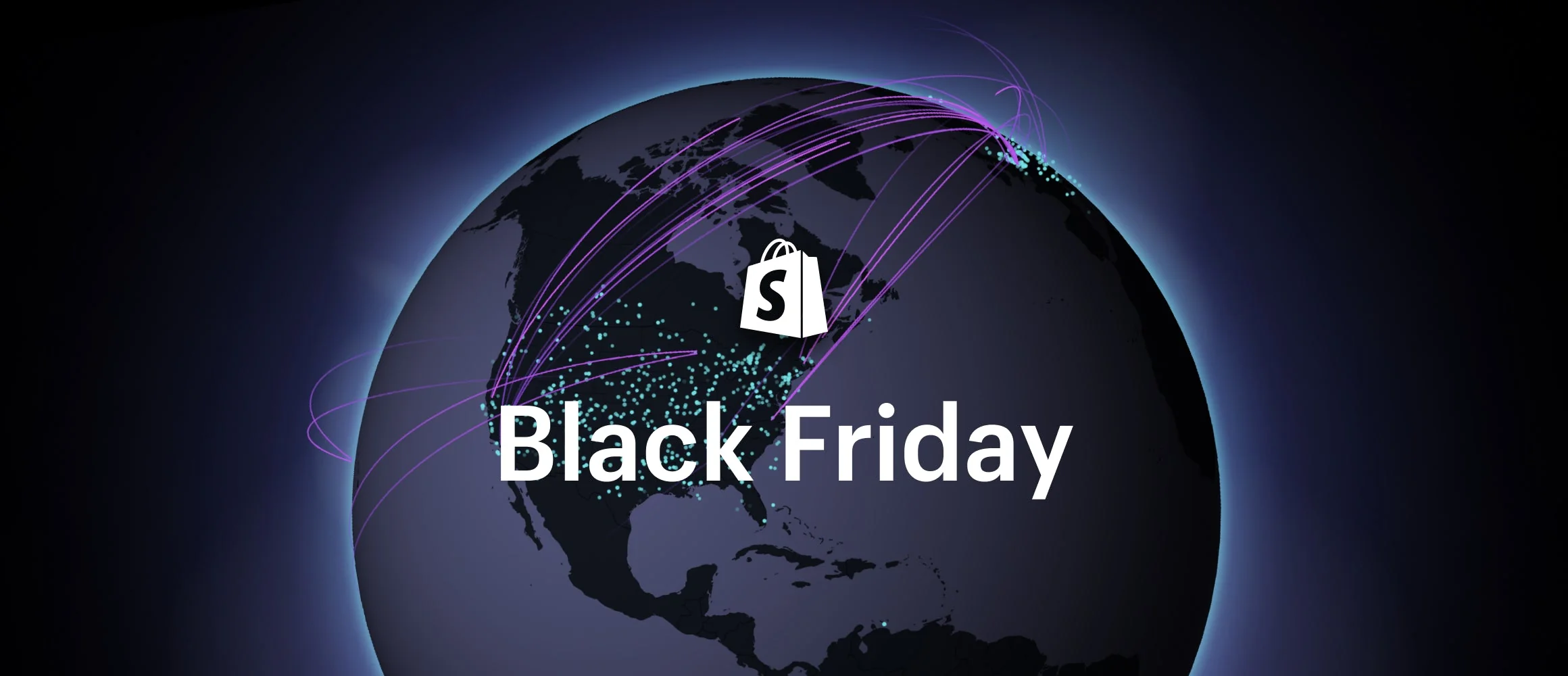These days it really feels like online retail is taking over. The pandemic saw a massive increase in online shopping and while the rates have slowed, they have not gone below pre-pandemic levels. However, online shopping only accounts for about 20% of all purchases made. That means brick and mortar stores aren’t dead yet, they just have harder competition.
The biggest advantage online retail has is its convenience. Why drive to the store when you can order the same product from Amazon and have it at your door by the next day? When your store is competing against convenience it can’t match, you have to find more creative ways to stand out. We’ve compiled this brief guide to give some guidance on how to set your brick and mortar store apart from the online and offline competition.
Independent retail isn’t easy, but these tips can help give you a leg up over the rest.
Your store has to be easy to find
You can have the most original, exceptional and luxurious store in the world, but if your customers don’t know where to find you, they won’t be coming in. The first step in elevating a brick and mortar store is ensuring that it is accessible to its customers both physically and digitally.
Physical accessibility
While a brick and mortar store won’t be as convenient as Amazon, it should still be as convenient as possible for its customers. If you’re just starting out with a brick and mortar store, be conscious of the location. What are the neighborhood demographics? Are your target customers likely to walk past naturally or will they have to seek you out? Is there parking nearby? Is the location easily accessible for people with disabilities? Do you have wheelchair access? These are just a few of the questions that you’ll have to consider when choosing a location for your brick and mortar store.
Digital accessibility
Even a brick and mortar store needs an engaging internet presence. Foot traffic is only one part of getting new customers through the door. To keep a brick and mortar store thriving you need customers seeking you out, and the most common way is through the internet. A strong social media presence is one way to help new customers find your store. Try posting at least once a day on Instagram and TikTok to keep engagement up. You’ll quickly see an increase in followers and soon to be customers. It’s also important to maintain a good ranking on google. Make sure your store comes up in search results by using targeted keywords in your copy. A strong digital presence helps build physical success as well.
Curate the best products
To get customers to come to your store, you have to offer them something they can’t get anywhere else. That means selling unique products that catch customer attention. If you’re not a product maker yourself, then you have to find the right products and connect with the brands that make them. In other words, you need to sell your store to brands first so they’ll be willing to partner with you. This is especially the case with premium and unique brands who prioritize aesthetic and value alignment in their store partners.
How to find brand partners
- Your customers
Try to figure out where your customers are shopping and what products they’re interested in. A hallmark of today’s successful retailer is the ability to sell what your customers are already buying in other stores, in yours. You can ask your customers to fill out a brief survey of where else they shop by offering them store credit in return. Look for the most popular brands and approach them to join your store. - Social media
Social media such as Instagram and TikTok are one of today’s retailers biggest assets. You can use it for advertising, engagement, and lead sourcing. Check out who else your followers are following or explore the most popular independent brands through hashtags and mentions. - Trade shows and events
Visit trade shows or local markets in your area to interact with brand creators in person. Strike up a conversation and grow your network to find more potential brand partners. - Online marketplaces
You can check out online marketplaces such as Matagora to find vetted brand partners that fit your store. We’ll evaluate brands already using Matagora to find the right ones for your store, then initiate a partnership process for you to get them onboarded and selling as quickly as possible.
Choosing a fulfillment model
Once you’ve secured the right brand partners you’ll also have to choose how you want to work with them; wholesale, consignment or showrooming. With wholesale, you simply buy the inventory and then sell it on to customers. This can create larger margins and more profit for your business, but it can also be risky. It’s difficult to know how a product will perform once it’s in your store. Using consignment or showrooming before wholesale can help reduce those risks.
With consignment, your brand partner gives you inventory to sell and the profits are split between you both according to a predetermined agreement. Anything not sold is returned to your brand partner. While wholesale can generate greater profits, consignment is a great way to try out new products to determine their market fit. Once you know a product is popular, you can buy in bulk and enjoy the benefits. It also allows you to rotate products regularly. You can add new products and brands to your store whenever you want without worrying about inventory picking up dust. This helps keep your store fresh and exciting!
If you’re unsure about consignment, you can also use a showrooming model. With showrooming, you display physical samples of products in your store for customers to browse. If a customer is interested in a certain product, they can purchase in-store and have the order shipped directly to their home. You can either fulfill orders yourself through a wholesale arrangement, or use dropship fulfillment, where your brand partner is responsible for shipping the orders. This clears you up from the risks of holding high numbers of physical inventory while also getting the benefits of physical contact with your customers. Showrooming and consignment are both excellent ways to try out new products with little to no risk, and help you to develop collaborative relationships with your brand partners.
Using a partnership management tool like Matagora makes consignment much simpler. With Matagora, you don’t have to worry about negotiating a partnership contract or calculating payments. We do all that work for you automatically so you can focus on your store!
Make your store an experience
The greatest advantage of a brick and mortar store is that it can create a memorable experience. That is the real reason why shoppers continue to visit brick and mortar stores despite the convenience of online retail. To make your store a success, you have to make it an experience that is truly worth a visit.
Consistent branding
A store is an activation point for your brand, not a place for immediate revenue. It is the only place where you interact with your customers at a physical level. When a customer enters your store they should feel as if they are entering your world. Make sure your store is a reflection of your brand vision from the doorway, to the product displays, to the checkout counter. Ensure it is a world of your making that creates a singular environment for your customers.
Exceptional customer service
Customer service can make or break a store. Even if you get a customer through the door, you still want them to come back again. Customer service is a large part of that. Customers want to feel valued not just for their wallet but for themselves as well. In-store employees have the power to make shoppers’ experiences memorable. It’s important to have strong communication from owners to the sales floor to ensure employees have the support they need. Make a personal connection and people will look forward to shopping with you.
Hold in-store events
What’s a better experience than a party? In-store events are an amazing way to bring new or returning customers to your store and create a truly memorable experience. You can throw a party in-store to announce a new product launch and promote it on social media or hold a pop-up event for one of your brand partners. Both options can bring in new customers and create real relationships!
Running a brick and mortar store these days is not easy. When it feels like everyone has gone online, it can be difficult to see the ways to set yourself up for success. We hope these tips will give you a better idea of how to help your store stand out and sell better.
Remember, offline retail isn’t dead, just evolving. To find out how Matagora can help your store evolve with it, book a chat now.








